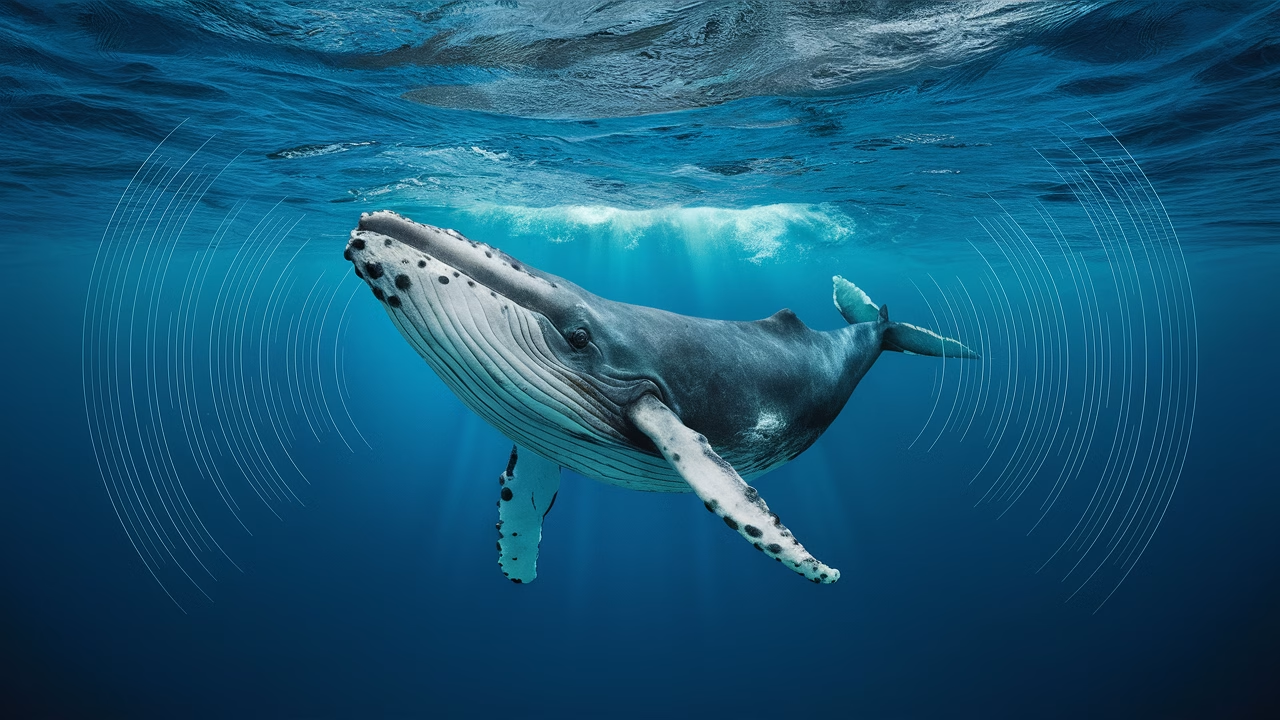What Are the Loudest Animals and Why Do They Make So Much Noise?
When you think about the loudest animals on Earth, you’re entering a world where sound becomes a superpower. These remarkable creatures don’t just make noise—they’ve evolved extraordinary vocal abilities that can travel miles through dense forests, vast oceans, and beyond. From the thunderous blue whale to the booming howler monkey, nature’s loudest animals use sound as their secret weapon for survival.
- Loudness in animals is typically measured in decibels (dB). Many top vocalizers exceed human pain thresholds.
- Purpose: Loud sounds aid in communication, territory defense, hunting, mate attraction, and group recognition.
- Adaptations: Unique organs, special bones, and environmental acoustics boost their natural soundboxes.
- Range: Some animal calls travel for miles—through dense forests, vast oceans, and thick air layers.
Introduction to the Loudest Animals
The loudest animals on Earth have evolved incredible acoustic abilities that allow them to dominate their environments through sound alone. We’re talking about creatures that can produce sounds louder than jet engines, rocket launches, and construction sites. These amazing animals use their powerful vocalizations for everything from long-distance communication to stunning prey. Understanding how and why these animals developed such extraordinary sound production reveals fascinating insights into evolution, survival strategies, and the incredible diversity of life on our planet.
The Blue Whale: Ocean’s Sonic Giant
The blue whale (Balaenoptera musculus) stands as both Earth’s largest animal and one of the loudest animals in existence. When you hear about whale sound facts, the blue whale’s incredible vocalizations reaching up to 188 decibels truly capture your imagination. These deep, resonant calls can travel up to 1,000 kilometers underwater, making them nature’s most powerful long-distance communicators.
| Feature | Details |
|---|---|
| Max Volume | 188 dB |
| Communication Range | Up to 1,000 km |
| Purpose | Mating, navigation, social bonding |
These low-frequency calls work like a marine communication network—slow to pulse but incredibly effective across massive distances. The whale’s enormous lungs and specialized larynx create and amplify sounds that can penetrate the ocean’s depths, adjusting frequencies to travel efficiently through seawater’s density.
Howler Monkey: Nature’s Jungle Megaphone
When exploring the loudest animals in jungle environments, you’ll discover that the howler monkey call can reach an astounding 140 decibels. These Central and South American primates produce sounds nearly as loud as a jet engine, making them among the loudest land animals on Earth.
- Hyoid Bone: A dramatically enlarged structure in the throat amplifies resonance.
- Group Defense: Howls help rival troops gauge distance and avoid unnecessary conflict.
Understanding how howler monkeys communicate in the wild reveals sophisticated social behaviors. They use specific vocal patterns to indicate distance, group size, and even emotional states. The call-and-response chorus functions like nature’s early warning system, allowing groups to avoid dangerous confrontations while establishing territorial boundaries.
How Do Cuttlefish Count? Scientists Reveal Their Hidden Math Skills
Sperm Whale: The Master of Clicks
Among all the loudest animals, the sperm whale (Physeter macrocephalus) holds the ultimate record. While blue whales sing haunting melodies, sperm whale clicks represent the pinnacle of animal sound production at an incredible 230 dB—making them the absolute loudest sounds produced by any known animal.
| Feature | Value |
|---|---|
| Max Volume | 230 dB |
| Main Tool | Click-based echolocation |
| Special Use | Stunning prey, deep ocean navigation |
The amazing echolocation abilities of sperm whales showcase evolution’s most sophisticated biological sonar system. These sound blasts serve dual purposes: precise echolocation for navigation in pitch-black depths and prey stunning that can literally shock squid into submission. Scientists believe the whale’s massive skull structure channels sound into focused acoustic beams, creating nature’s most powerful sound weapon.
Greater Bulldog Bat: The High-Pitched Hunter
The greater bulldog bat (Noctilio leporinus) demonstrates how smaller animals can still rank among the loudest animals through specialized adaptations. Their echolocation calls reach 140 dB, allowing them to detect tiny water ripples and hunt fish with remarkable precision.
- Uses echolocation as a sonic fishing system
- Adjusted frequency targeting allows detection of multiple prey types
- Navigation system processes up to 10 different target sources per hunting session
This represents sound used with surgical precision—these bats demonstrate how animal echolocation can be refined into an incredibly effective hunting tool under moonlit skies.
Northern Elephant Seal: The Beach Foghorn
The male northern elephant seal (Mirounga angustirostris) uses his massive trunk-like nose to project deep, resonant roars reaching 125 decibels. These powerful vocalizations dominate crowded breeding beaches where competition for mates reaches peak intensity.
The seal’s enlarged proboscis doesn’t just amplify vocalizations—it allows for complex tone modulation that creates unique vocal signatures. These calls can last several seconds and serve as acoustic identification cards. When males engage in territorial disputes, you’re witnessing both physical and acoustic warfare as they battle for dominance.
Cockatoo, Cicada, Lion, Bellbird, and Shrimp: Diverse Vocalizations in Nature
Let’s explore some additional members of nature’s loudest animals club:
- Cockatoo: These tropical birds blast 135 dB calls for communication, alarm, and social interaction. Their syrinx muscle structure provides incredible melodic control and volume projection.
- Cicada: Male cicadas create summer’s soundtrack, producing over 120 dB using specialized vibrating membranes called timbals. Their chorus can be heard from miles away.
- Lion: The king of beasts roars at 114 dB with calls that travel up to 8 kilometers across the savannah. Their unique square vocal folds allow powerful roaring with minimal effort.
- White Bellbird: This Amazonian bird produces 125 dB calls directly toward potential mates—one of the most intense courtship displays in nature.
- Snapping Shrimp: Also known as pistol shrimp, they create cavitation bubbles that collapse at 218 dB, producing underwater sonic booms for hunting and defense.
Comparison Chart: Who’s the Noisiest?
| Animal | Decibel Level (dB) | Main Use | Environment |
|---|---|---|---|
| Sperm Whale | 230 | Hunting / Navigation | Ocean depths |
| Blue Whale | 188 | Mating / Long-distance communication | Open ocean |
| Howler Monkey | 140 | Territory marking | Tropical forest |
| Greater Bulldog Bat | 140 | Hunting fish | River/lake margins |
| Snapping Shrimp | 218 | Stunning prey / Defense | Shallow marine waters |
FAQs About Nature’s Loudmouths
What animal makes the loudest sound on Earth?
The sperm whale holds the record for the loudest sound at 230 dB, using powerful clicks for echolocation and stunning prey.
How do animals produce such loud sounds?
The loudest animals have specialized adaptations like enlarged vocal cords, resonating chambers, or unique cavity structures that amplify and project sound with incredible power.
Why is sound important for animal survival?
Sound allows the loudest animals to communicate across vast distances, attract mates, defend territory, hunt effectively, and navigate challenging environments like dense forests or deep oceans.
Do louder animals live in specific environments?
Yes. Forest-dwelling loudest animals like howler monkeys use sound to penetrate dense vegetation. Ocean animals rely on powerful vocalizations due to low underwater visibility and the need for long-distance communication.
Are loud sounds dangerous to humans?
At high decibel levels above 120 dB, sounds from the loudest animals can damage human hearing. However, most encounters with these animals occur at safe distances where sound levels are reduced.
Can small animals make loud noises?
Absolutely. Some of the loudest animals are surprisingly small—snapping shrimp and cicadas generate sounds that rival much larger creatures. Success depends on specialized anatomical adaptations rather than body size.
Is echolocation only for whales and bats?
While whales and bats are the most famous practitioners, several other animals use echolocation including some birds, shrews, and dolphins, though typically with less power than the loudest animals in these groups.




